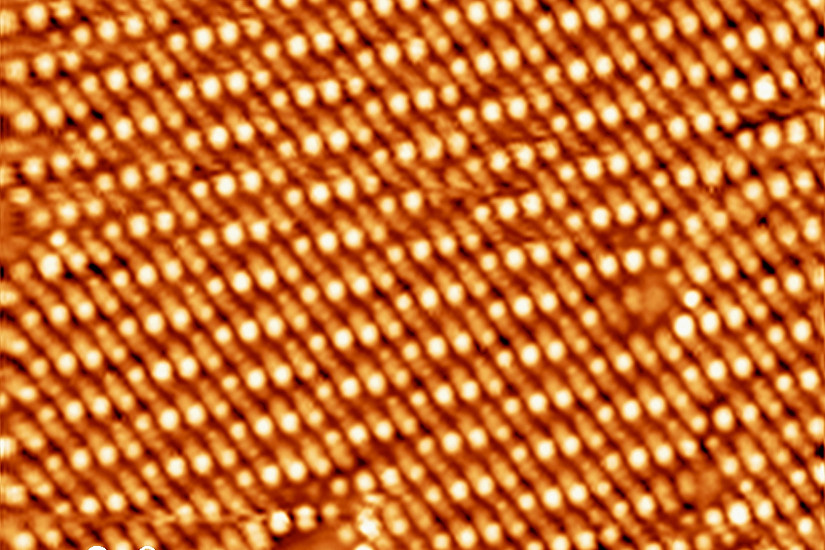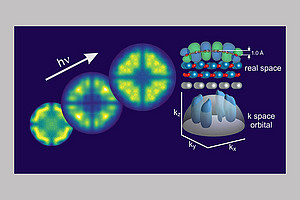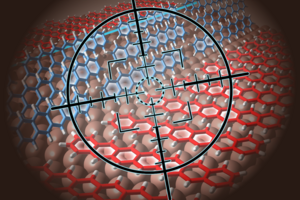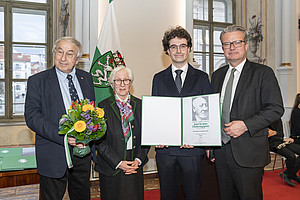The growth morphology and structure of iron oxide films, prepared by postoxidation of Fe monolayers on a Pd(100) surface, have been investigated in a multitechnique study, using scanning tunneling microscopy (STM), low energy electron diffraction (LEED), high-resolution x-ray photoelectron spectroscopy (HR-XPS) and x-ray absorption spectroscopy (XAS), both using synchrotron radiation, and comprehensive density functional theory (DFT) analysis. A two-dimensional (2-D) hexagonal O–Fe–O trilayer phase has been generated at submonolayer Fe coverages, which converges into two different 2-D hexagonal Fe–O bilayer structures at one monolayer. One phase exhibits a c(8 × 2) coincidence structure and is associated with a stoichiometric FeO(111) bilayer. The second phase displays a superstructure of triangular loops, which is understood from DFT modeling as excess O ad-atoms in the terminating oxygen layer, thus corresponding to a FeO bilayer with a formal FeO1.125 stoichiometry. Annealing the latter in ultrahigh vacuum to 770 K results in the pure c(8 × 2) wetting layer. The thermodynamic stability of the O–Fe–O trilayer and FeO bilayer phases is analyzed in the DFT framework and is found to be in good agreement with the experiment. The absence of a c(4 × 2)-Fe3O4 phase in the experimental phase diagram, which is found to be stable by DFT and is experimentally encountered for other transition metal oxide films, such as Ni-, Co-, and Mn-oxide on Pd(100), is ascribed to kinetic reasons.
for detailed Information see: http://www.sciencedirect.com/science/article/pii/S0039602815003362




